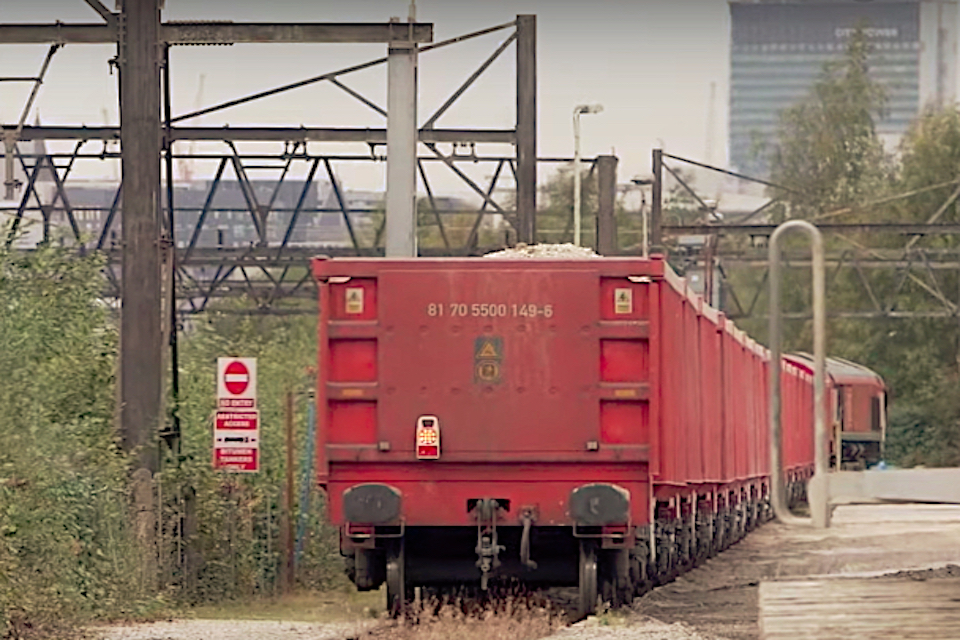The UK Government freight growth target, aimed at almost doubling overall volume by 2050, will help unlock demand to move more goods by rail. That’s the view of the Great British Railways Transition Team (GBRTT), the management already in place to oversee the move from the existing infrastructure agency, Network Rail, to a new overarching track and train management structure on the UK network. GBRTT has published the summary of feedback received in response to their national call for evidence.
Following the UK Government’s announcement of a rail freight growth target of at least 75 per cent by 2050, the Great British Railways Transition Team has published the summary of feedback received in response to its national call for evidence. The feedback was used by GBRTT to develop a number of options for Ministers for the specifics of the rail freight growth target.
Target will rally the rail freight sector
The GBRTT research revealed there is strong support for a long-term growth target. It will help underpin the decarbonisation of national logistics chains. Respondents felt a target would rally the sector, bringing private and public organisations together to unlock latent demand.
“Rail freight is already a big success story,” said Rufus Boyd, GBRTT’s interim lead director. “Moving goods by rail is a greener option and helps cut road congestion, and what we have here is an opportunity to grow rail freight’s modal share. I am convinced that through collaborative working, the industry can rise to this challenge, even taking into account the constrained funding environment.”
Providing a catalyst for private investment
The advice prepared by GBRTT was the result of a close collaborative effort, working with the Department for Transport (DfT), Network Rail, and the wider rail freight industry. Almost 90 responses came from organisations large and small, including those who currently use rail freight and those who have an interest in doing so.
Using the feedback, GBRTT developed an extensive framework to advise the Secretary of State for Transport, Mark Harper. That preceded the recent Government announcement of a freight growth target of at least 75 per cent by 2050 and last week’s introduction to Parliament of the Draft Rail Reform Bill. “This supports what our customers and stakeholders told us”, said Boyd. “Setting a clear ambition for rail freight growth will help bring the sector together, focus minds, break down silos, and be a catalyst for private investment.”
Rail freight a viable solution to reducing emissions
Helpful insight was also received from current operators who have a close understanding of how rail freight can thrive in the short, medium and longer term. The GBRTT summary report found that there is a strong demand to move more goods by rail in the future. Most (86 per cent) respondents said they would like to transfer part of their supply chain to rail. Almost half (44 per cent) said they have facilities, such as quarries, factories and depots, which are adjacent to rail links but currently aren’t connected to the network.

Rail’s green credentials are a big selling point and a catalyst for a modal shift, say the GBRTT. Greater use of rail freight was almost unanimously (97 per cent) seen as a viable solution to reducing emissions from their organisations’ operations. Respondents who don’t currently use rail freight described barriers that they felt were hampering organisations from choosing the mode. These included network capacity (18 per cent), cost (17 per cent) and terminal connectivity (17 per cent). Many respondents also acknowledged that a target alone cannot deliver growth. Further actions and accountability mechanisms will be needed to ensure freight is embedded in the railway’s decision-making processes.